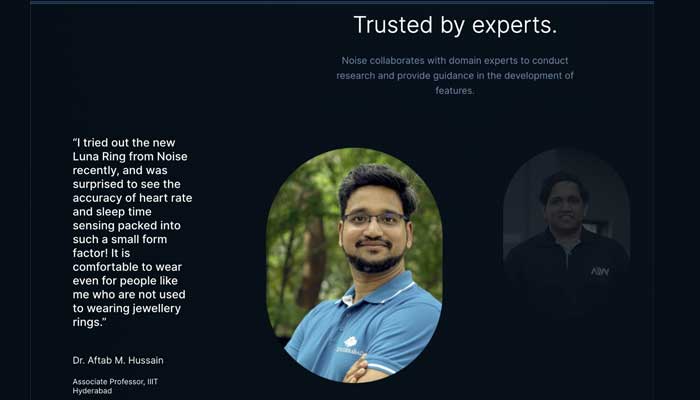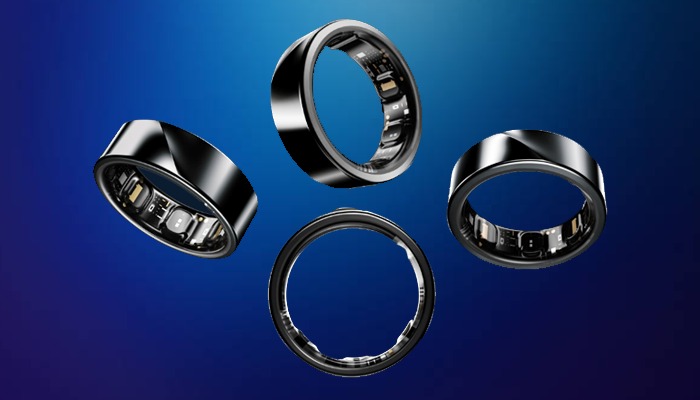In a move that underscores the significance of key stakeholders such as researchers and academics in the development of wearable technologies, IIITH has beta-tested a smart ring and prepared a comprehensive report on its findings.
When wearables firm Nexxbase Marketing Pvt Ltd developed a pre-launch version of its smart ring, they wanted a scientific validation of its accuracies and looked no further than the Processes, Architecture, and Technologies Research in IoT (PATRIoT) lab at IIITH. The PATRIoT lab headed by Prof. Aftab Hussain is a part of the Centre for VLSI and Embedded Systems Technologies (CVEST) and well known for its research in sensor systems and flexible electronics. “As scientists, we have a proven methodology that we deploy when we need to test something,” affirms Prof. Aftab.
Armed with an experimental protocol on how to wear the smart ring, along with the process of gathering data, metrics to focus on and the analysis required, his team of students and staff wore the rings that were supplied to them by the company for an unbiased evaluation. The aim of the exercise was to compare the results obtained from the ring with traditionally accepted gold standard products in the digital healthcare domain. For instance, to test the heart rate monitoring functionality on the ring, it was evaluated against the Polar H10 chest strap monitor. Kush Mishra, Chief Product Officer (devices) & VP Technology, stated, “Quality isn’t just about testing; it’s a commitment. We partnered with IIITH to prove that our wearable tech is built to exceed expectations. In a world of constant innovation, research is our roadmap to excellence.”
Beauty + Brains
While sleep, and activity monitoring in the form of step count, were under consideration, an important variable that the team focused upon was comfort. “We wanted to make sure that the subjects forget they were wearing something on their finger(s). Apart from that, aesthetics is another factor. In fact, as a technology nerd, my advice to all wearable companies is to make sure the product looks good in addition to having all the cool features,” remarks Prof. Aftab, invoking the example of Rolex to make his point. “Rolex has amazing technology that goes inside it, but that doesn’t stop them from stylizing it as an iconic brand. I understand from a manufacturing perspective that there’s a lot of technology already being crammed into a wearable but if you want to be a Rolex and stand out, you have to focus on both tech as well as the aesthetics of it.”
HR Monitoring For Insights
Talking about the increasing trend among the general public to biohack and improve their overall health, Prof. Aftab mentions that obtaining heart rate data is akin to the “nadi pariksha” or pulse diagnosis of yore. “Typically, wearables capture raw data such as heart rate or activity through motion sensors and everything else in terms of sleep, stress levels, readiness index, activity levels and others are algorithmically derived,” he says. The next step for the professor’s team would be to do a deep dive into the algorithmic side or an analysis of the data obtained.

The Test: A Precedent
The difference between a beta test on the general public and one on a scientific group of users is the level of insights that can be obtained from the niche group. “As someone working in wearable sensors, I understand the physics behind the functioning of the wearable and can tell the company how it’s working or what to look out for. It helps these companies extract a little more information and insight from us. It’s a win-win for everyone. I hope other companies too give us the opportunity to either test or work on their devices,” voices Prof. Aftab.



Next post